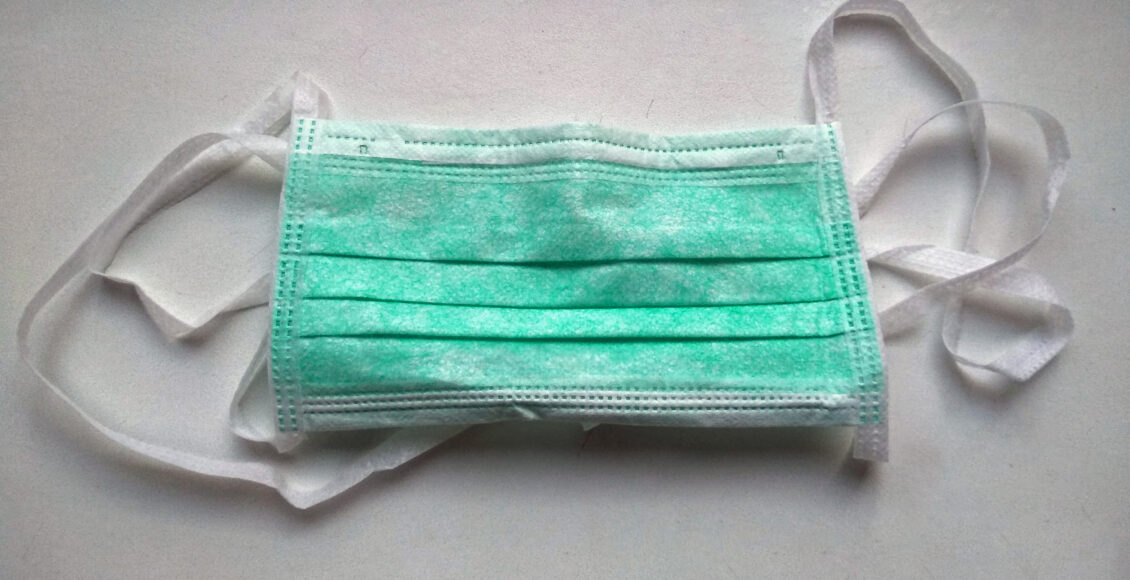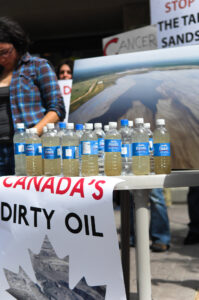Why Canada Needs an Indigenous-Specific COVID-19 Policy

Stay home. Wash your hands frequently. Maintain social distancing. It’s the elementary and omnipresent advice hammered by public health experts worldwide, from municipal authorities to the World Health Organization. But for Canada’s 61 Indigenous communities stricken with long-term drinking water advisories, including the 25-year-long and ongoing advisory in Neskantaga First Nation, COVID-19 prevention guidelines may fall a bit flat. How do you wash your hands regularly when you lack clean water? How do you self-isolate when there are more people in your house than your workplace?
The COVID-19 pandemic is a somber reminder of the enduring divide between Canada’s Indigenous and settler populations. Persistent water shortages, coupled with a fractured healthcare infrastructure, overcrowded housing, inadequate sewers and food insecurity make Indigenous reserves uniquely vulnerable to respiratory illnesses resulting from a COVID-19 outbreak. To make matters worse, many Indigenous communities struggle with limited access to local doctors or hospitals, often contending with an underfunded nursing station or having to fly to urban centres for more serious treatment. For fly-in communities in Canada’s northernmost territories, a disruption in services, flights, or the food supply chain could prove fatal.

Ottawa’s policy response needs to overcome its Indigenous blind spot, and it needs to do so urgently. During the first wave of the 2009 H1N1 swine flu pandemic, it should be recalled that Indigenous people accounted for almost 30% of hospitalisations in Canada despite making up less than four percent of the country’s population. The Canadian government’s recent announcement to invest $305 million for a new distinctions-based Indigenous Community Support Fund is only one step towards preventing past mistakes. Canada needs a COVID-19 strategy tailored to the needs and unique vulnerabilities of First Nations communities, particularly those in remote, isolated regions already struggling with longstanding disparities in healthcare and government neglect. The government must take direct and immediate action in the vital areas — water, housing, sewers, food insecurity — that put Indigenous Canadians at risk, and prioritise investment and resources for the most vulnerable. An Indigenous blind spot in Ottawa’s COVID-19 policy would not only cost countless lives, but also be a fatal blow to reconciliation efforts, marking yet another stain on the government’s history of neglect towards Indigenous communities.
An effective strategy would include an Indigenous-specific mobilization of supplies and investments in protective equipment and hand sanitizer for communities with water advisories. It entails setting-up isolation tents for communities with inadequate housing, as well as bringing in additional health workers to isolated fly-in areas. Moreover, adopting medical transportation and evacuation plans for residents of remote communities would allow for greater ease of access for emergency medical care. All of this, of course, must be done in close collaboration and consultation with Indigenous leadership, who should drive and inform policy-making on the ground. By working with the Indigenous community, the government recognizes both their autonomy and unique experience, which inform policy decisions. In that respect, pressure must be placed on Indigenous Services Canada to continue their efforts in employing primary care nurses and health care providers in the face of daily health concerns, but especially with respect to the COVID-19 pandemic.

Special attention must also be paid to the vulnerabilities of Indigenous children, who remain protected under Jordan’s Principle and the Inuit Child First Initiative. The former principle dictates that services must be administered first, and the cost must come into consideration only after the health concerns of the child have been addressed. Jordan’s Principle is a child-first approach to jurisdictional disputes that require the government of first contact to fund health and social services to First Nation children. In the past four years, more than 572,000 services operating under a budget of nearly $680 million were approved under Jordan’s Principle, including medical equipment, mental health services, and educational support programs.
However, the COVID-19 pandemic has shed a light on many of the gaps and shortcomings in the social policies regulating Indigenous communities, fitting into a wider trend of neocolonial pressures. A structural shift in the federal approach to healthcare will be crucial to the overall project of reconciliation. Without such a shift, the country risks leaving behind one of its most vulnerable and marginalized populations. Ultimately, the Canadian healthcare system, and the nation at large, is only as strong as its most vulnerable residents.
Barely a year has passed since the National Inquiry into Murdered and Missing Indigenous Women and Girls concluded that genocide was committed against Canada’s Indigenous peoples. This still continues today with a lack of police protection and an over-apprehension of children. The COVID-19 pandemic will serve as a litmus test for Canada’s lip service to reconciliation. Ottawa must learn from its past mistakes and seize this moment to begin compensating for centuries of colonial neglect. The stakes have never been higher.
Edited by Elizabeth Hurley
Surgical face mask by NurseTogether is licensed under CC BY-SA 4.0
